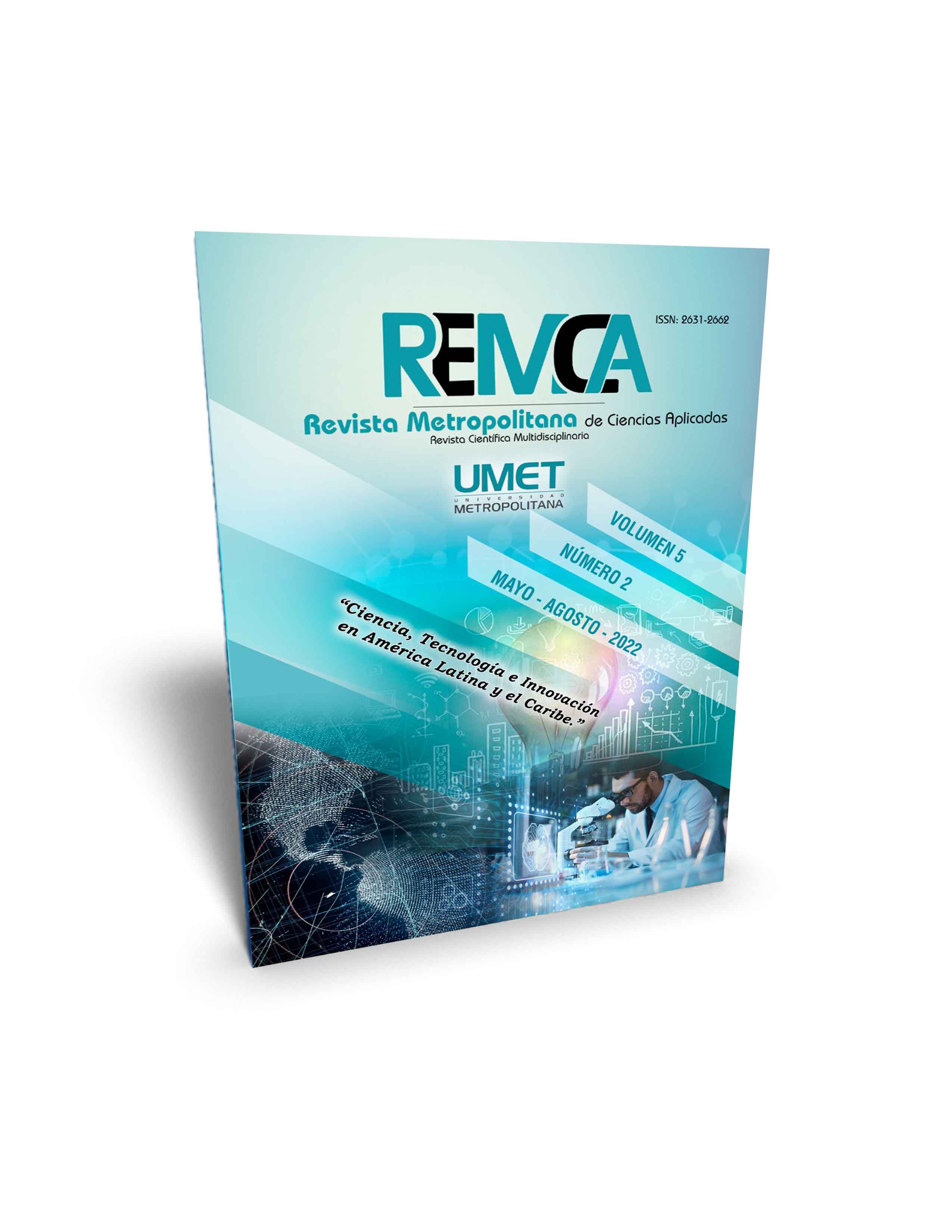The family guidance for the treatment of child abuse in children of initial education
DOI:
https://doi.org/10.62452/m5pqep60Keywords:
Family counseling, child abuse, preventionAbstract
Child abuse has been a topic of great interest to several researchers, since its repercussions for the life of the abused infant are not only seen in their childhood stage, but their effects are present throughout their life. In the Ecuadorian sphere, it is a problem that requires attention, according to data from the Social Observatory in Ecuador, 33% of girls have been beaten by their parents and 4 out of 10 suffer some type of extreme abuse. In this article the results are presented, as part of the integration of the research and bonding processes, in the Initial Education career from the psychopedagogical intervention with the family. A proposal for family guidance is presented for the care of child abuse, where the results indicate that it is possible to implement actions to establish a relationship of help to the family that affects their modes of action with children.
Downloads
References
Cortés Alfaro, A. (2019). Violencia en niños, niñas y adolescentes. Revista Cubana de Medicina General Integral, 34(4).
Del Río, D., Álvarez, B., Beltrán, S., & Téllez, J. (2003). Orientación y educación familiar. UNED.
Frías, M. (2015). Repercusiones del maltrato infantil en una población de riesgo. Interamerican Journal of Psychology, 49(1), 108–116.
Fondo de las Naciones Unidas para la Infancia. (2019). Situación de la niñez y adolescencia en Ecuador. Una mirada a través de los ODS. UNICEF. https://odna.org.ec/wp-content/uploads/2019/02/Situación-de-la-niñez-y-adolescencia-en-Ecuador-2019.pdf
Jiménez, L., Donoso, P., Sánchez, I., Morales, S., & Jumbo, I. (2002). Incidencia del maltrato físico y psicológico infantil en el rendimiento de los/las estudiantes. Revista de Ciencias Sociales y Humanas, 2, 43–61.
Martínez González, M. C., Álvarez González, B., & Fernández Suárez, A. P. (2010). Orientación Familiar: contextos, evaluación e intervención. Revista Española de Orientación y Psicopedagogía, 21(3), 678.
Moreno, J. M. (2006). Revisión de los principales modelos teóricos explicativos del maltrato infantil. Enseñanza e Investigación en Psicología, 11(2), 271–292.
Organización de las Naciones Unidas para la Educación, la Ciencia y la Cultura. (2017). La educación transforma vidas. Agenda Educación 2030. UNESCO. https://es.unesco.org/node/266395
Organización Mundial de la Salud. (2014). Informe sobre la situación mundial de la prevención de la violencia. OMS. http://www.who.int/violence_injury_prevention/violence/status_report/2014
Rojas, A. L. (2018). La orientación psicopdagógica en el contexto educativo. Universo Sur.
Thornberry, T. (2013). Intergenerational continuity in maltreatment. Journal of Abnormal Child Psychology, 41, 555–569.
Downloads
Published
Issue
Section
License
Copyright (c) 2022 Sheila Alejandra Padilla Suárez, Adalia Lisett Rojas Valladares (Autor/a)

This work is licensed under a Creative Commons Attribution-NonCommercial-ShareAlike 4.0 International License.
Authors who publish in Revista Metropolitana de Ciencias Aplicadas (REMCA), agree to the following terms:
1. Copyright
Authors retain unrestricted copyright to their work. Authors grant the journal the right of first publication. To this end, they assign the journal non-exclusive exploitation rights (reproduction, distribution, public communication, and transformation). Authors may enter into additional agreements for the non-exclusive distribution of the version of the work published in the journal, provided that acknowledgment of its initial publication in this journal is given.
© The authors.
2. License
The articles are published in the journal under the Creative Commons Attribution-NonCommercial-ShareAlike 4.0 International License (CC BY-NC-SA 4.0). The terms can be found at: https://creativecommons.org/licenses/by-nc-sa/4.0/deed.en
This license allows:
- Sharing: Copying and redistributing the material in any medium or format.
- Adapting: Remixing, transforming, and building upon the material.
Under the following terms:
- Attribution: You must give appropriate credit, provide a link to the license, and indicate if any changes were made. You may do this in any reasonable manner, but not in any way that suggests the licensor endorses or sponsors your use.
- NonCommercial: You may not use the material for commercial purposes.
- ShareAlike: If you remix, transform, or build upon the material, you must distribute your creation under the same license as the original work.
There are no additional restrictions. You may not apply legal terms or technological measures that legally restrict others from doing anything the license permits.




